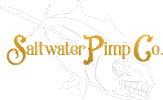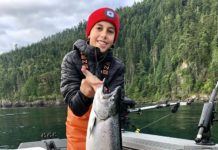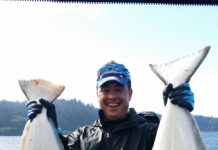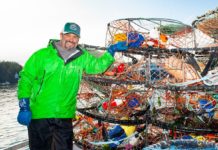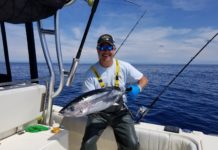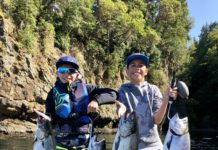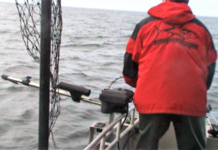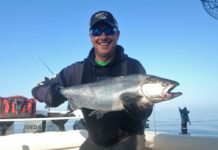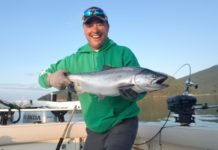
Superheated molten lava, about 2,200 degrees Fahrenheit, is about to explode into the water at the West Mata volcano along the Pacific Ring of Fire. The area in view is about 6-10 feet across. Image courtesy of NSF and NOAA.
Did You Know?
Since 2002, NOAA’s Office of Ocean Exploration and Research has been supporting expeditions to study volcanism and associated marine life along the Submarine Ring of Fire in the Pacific Ocean.
During a 2004 expedition to the Ring of Fire, scientists were able to measure – for the first time – carbon dioxide being produced by underwater volcanoes. This carbon dioxide likely contributes to increasing ocean acidification, but prior to the 2004 expedition, no one knew this because it had never been measured.
The Earth’s outer crust (the lithosphere) is composed of a series of tectonic plates. These plates move on a hot flowing mantle layer called the asthenosphere. Heat within the asthenosphere creates convection currents that cause tectonic plates to move several centimeters per year relative to each other.
When two tectonic plates meet, we get a “plate boundary.” There are three major types of plate boundaries.
If two tectonic plates collide, they form a convergent plate boundary. Usually, one of the converging plates will move beneath the other, which is known as subduction. Deep trenches are often formed where tectonic plates are being subducted and earthquakes are common. As the sinking plate moves deeper into the mantle, fluids are released from the rock causing the overlying mantle to partially melt. The new magma (molten rock) rises and may erupt violently to form volcanoes, often building arcs of islands along the convergent boundary. These island arcs are always landward of the neighboring trenches.
When two plates are moving away from each other, we call this a divergent plate boundary. Along these boundaries, magma rises from deep within the Earth and erupts to form new crust on the lithosphere. Most divergent plate boundaries are underwater (Iceland is an exception) and form submarine mountain ranges called oceanic spreading ridges. While the process is volcanic, volcanoes and earthquakes along oceanic spreading ridges are not as violent as they are at convergent plate boundaries.
The third type of plate boundary occurs where tectonic plates slide horizontally past each other. This is known as a transform plate boundary. As the plates rub against each other, huge stresses are set up that can cause portions of the rock to break, resulting in earthquakes. Places where these breaks occur are called faults. A well-known example of a transform plate boundary is the San Andreas Fault in California.
For More Information:
What are the different types of plate boundaries?
Multimedia Discovery Mission: Lesson 1: Plate Tectonics
The Tectonic Challenge (pdf, 1.7 Mb)
What’s the Difference? (pdf, 285 kb)
Sign up for the Ocean Explorer Email Update List.
